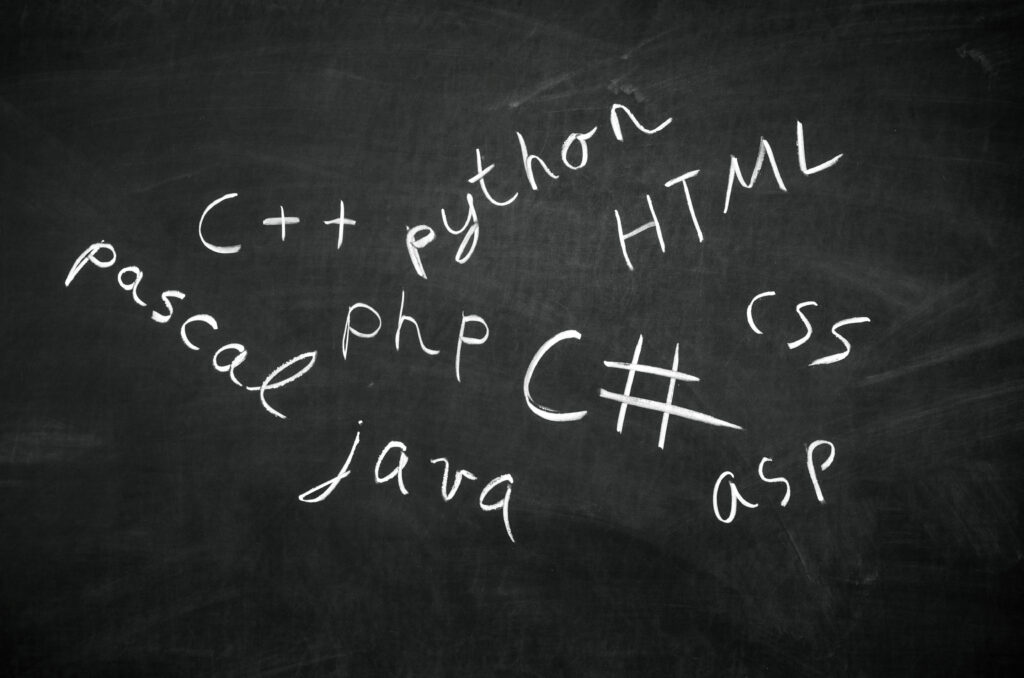Python is great for research, but can you really use it for production quality projects?
Python, once predominantly used as a scripting language and a tool for rapid prototyping, has evolved, with developers now building robust, scalable, and production-grade software solutions. This evolution is not just the result of the simplicity and readability of Python code, but also due to the growth of its ecosystem. Today’s Python ecosystem contains a comprehensive set of tools and libraries that make it possible to develop software in various domains: web development, data science, machine learning, and others. In this article, we’ll explore why Python is mature enough for producing high-quality, scalable products.
Expressiveness and performance of python code
While Python code may sometimes be less performant compared to well-written C, C++, or Java code, Python’s expressiveness coupled with its ecosystem of tools that address performance, creates a marriage of productivity and efficiency. Python’s readability enables developers to write concise, understandable, and maintainable code, leading to faster development cycles and easier collaboration. Moreover, the Python ecosystem contains numerous extensions and tools, such as Cython for integrating C/C++ code into Python applications and NumPy for efficient numerical computing. By leveraging these tools, Python developers can create and maintain complex projects of high code quality while benefiting from the language’s expressiveness.

Formatting and linting tools
Maintaining a consistent code style and adhering to best practices are crucial for ensuring code readability, maintainability, and collaboration within a development team. Tools like Black and Flake8 automagically standardize code, catching potential errors, bugs, or stylistic issues, while Pylint provides another layer of code analysis, generating detailed reports on code quality and potential improvements. And Ruff does both, quickly. Integrating these tools into development workflows ensures the codebases remain clean, consistent, and free from common pitfalls, thereby ensuring the necessary quality for production.

Static type checking
Python’s dynamic typing system can be a blessing and a curse: while it offers flexibility, it can also lead to difficult to catch runtime errors. With the advent of Mypy and Pyright, Python developers have the ability to perform static type checks to detect type-related errors early in the development process. By annotating function signatures and variable types to specify the expected input and output types, these tools can analyze the code for type inconsistencies. Additionally, libraries such as Pydantic and Marshmallow offer the capability to enforce type checking at runtime, providing an extra layer of validation to ensure data integrity and reduce the likelihood of runtime errors. This improves code reliability and enables better IDE support, documentation generation, and overall code understanding.
Testing Python code
An integral part of the software development lifecycle, testing ensures code behaves as expected and continues to function correctly as it evolves. Two popular contenders, Pytest and unittest, offer a simple way to write and execute tests. Each with a rich set of features, such as support for fixtures, parameterization, and assertions, they enable developers to write concise and expressive tests that thoroughly validate their code’s functionality. Both integrate with other testing tools and libraries, like Coverage.py for code coverage analysis, providing developers a detailed understanding of their codebase’s test coverage and quality.
Conclusion
The Python ecosystem has reached a level of maturity that makes it suitable for developing production-grade products across various domains. With tools like Black, Ruff, Flake8, and Pylint for code formatting and linting, Mypy and Pyright for static type checking, and Pytest and unittest for comprehensive testing, Python developers have what they need to build reliable, maintainable, and scalable software solutions. By embracing these tools and best practices, Python developers can deliver high-quality products that meet the demands of today’s fast-paced development landscape. As the Python ecosystem continues to evolve and expand, it promises even greater opportunities for innovation and growth in the years to come.



